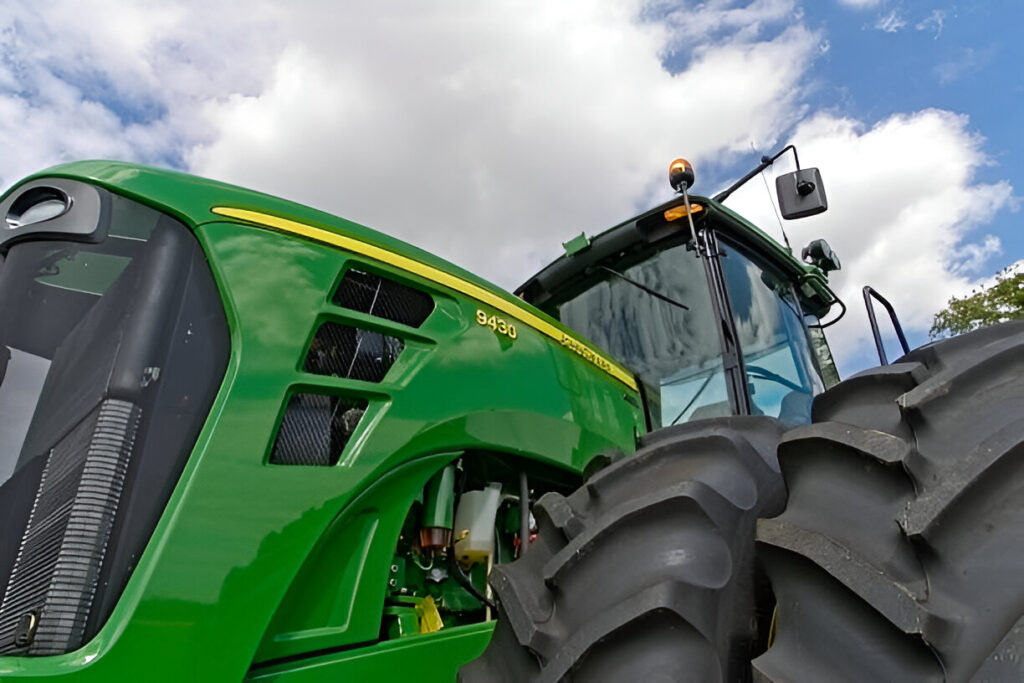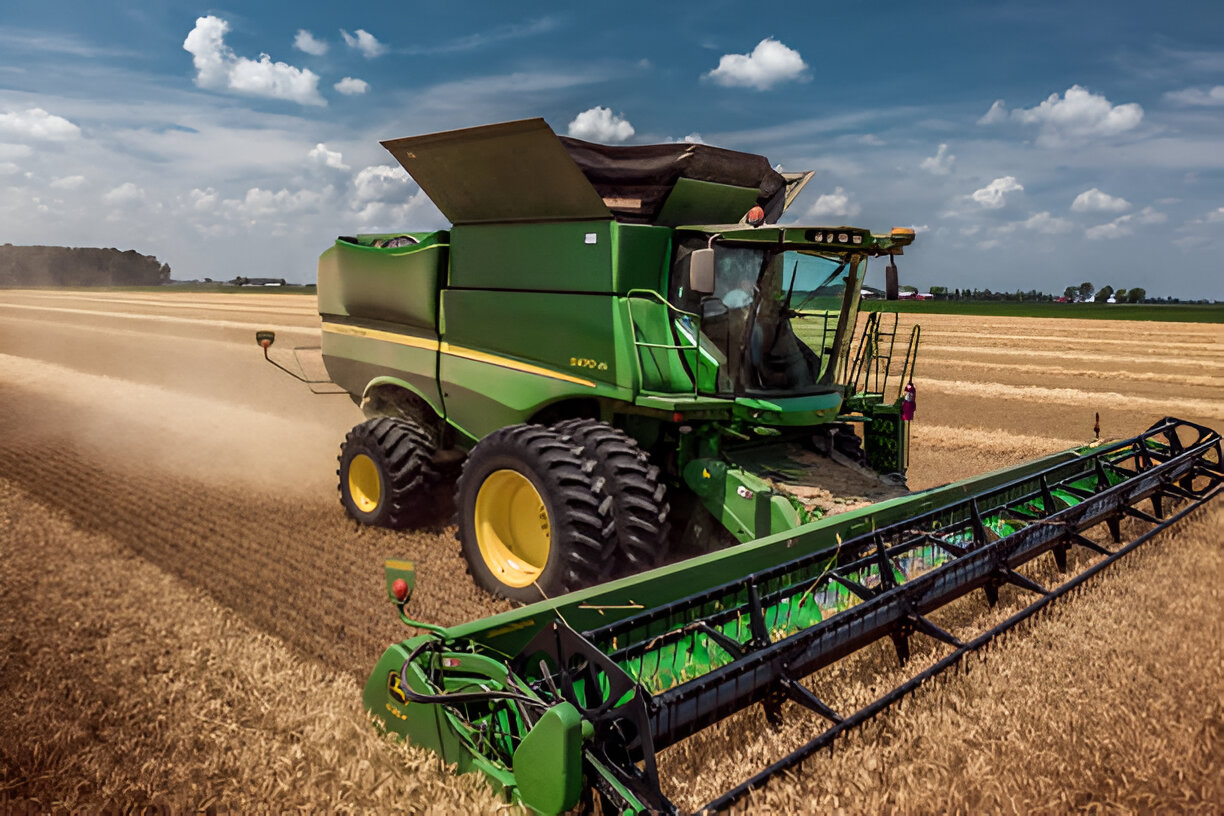As harvest season approaches, ensuring that your farming equipment, especially tires, are in optimal condition is crucial for a successful and efficient harvest. Tires play a vital role in the performance of combines and other farming machinery, impacting everything from traction and stability to fuel efficiency and crop preservation. In this blog, we will explore essential tips for tire maintenance and selection, helping you prepare for a smooth and productive harvest.
1. Inspect Tire Condition Regularly
Visual Inspection
Before the harvest begins, conduct a thorough visual inspection of each tire. Look for signs of wear and tear such as:
- Cracks or Cuts: These can indicate that the rubber is aging or that the tire has been damaged by sharp objects or rough terrain.
- Bulges or Blisters: A bulge in the sidewall can signify internal damage, which could lead to a blowout.
- Tread Wear: Even tread wear is essential for maintaining traction. Check for uneven wear patterns, which could indicate issues with alignment or inflation.
Depth of Tread
Use a tread depth gauge to measure how much tread is left on your tires. For farming applications, a tread depth of at least 30% is recommended. Insufficient tread depth can lead to reduced traction, especially in muddy or wet conditions.
2. Maintain Proper Tire Pressure
Importance of Inflation
Proper tire inflation is crucial for optimal performance. Under-inflated tires can lead to increased rolling resistance, which affects fuel efficiency and can cause premature wear. Over-inflated tires may lead to reduced traction and an uncomfortable ride.
Checking Tire Pressure
Use a reliable tire pressure gauge to check the pressure before heading into the field. Refer to your equipment’s manual for the manufacturer’s recommended pressure. It’s advisable to check tire pressure in the morning when temperatures are cooler, as heat from use can inflate the tires artificially.
Adjusting Pressure
Adjust tire pressure according to load conditions. Heavier loads may require slightly higher pressure to ensure the tires perform optimally and to prevent sidewall damage. Conversely, when operating in soft soil or muddy conditions, slightly reducing tire pressure can enhance traction and reduce soil compaction.
3. Rotate Tires Regularly

Why Rotation Matters
Just like car tires, rotating farm equipment tires can help ensure even wear. Uneven wear can lead to reduced lifespan and performance.
How to Rotate
When rotating tires, follow a pattern that suits your equipment’s design. For combines, this may involve switching front tires with rear tires or crossing the tires to ensure balanced wear. Rotate your tires every 500 hours of operation, or at least once per season.
4. Choose the Right Tires for Your Needs
Understanding Tire Types
Different types of tires serve different purposes. For example:
- Agricultural Tires: Designed for farming applications, these tires provide excellent traction and stability on soft ground.
- All-Terrain Tires: Suitable for various conditions, they offer versatility but may not perform as well in specific farming situations.
- Radial vs. Bias Ply: Radial tires generally provide better flexibility and improved fuel efficiency, while bias ply tires are known for their durability in rough terrain.
Making an Informed Choice
Consider factors such as soil type, crop type, and the average load when selecting tires. Consult with your tire dealer to identify the best options for your specific equipment and farming conditions.
5. Seasonal Storage and Care
Preparing Tires for Off-Season Storage
When the harvest is complete, proper storage of your tires is essential to prolong their lifespan.
- Clean the Tires: Remove any dirt, debris, or chemicals that may have accumulated during the season. Use a mild soap and water solution for cleaning.
- Inspect for Damage: Conduct another inspection for any damage that may have occurred during the season.
- Store in a Cool, Dry Place: Tires should be stored away from direct sunlight and extreme temperatures, which can cause degradation of the rubber.
Positioning Tires
If possible, store tires vertically rather than stacking them. If stacking is necessary, ensure that the weight is evenly distributed to prevent deformity.
Conclusion
Taking care of your tires is not just a matter of maintenance; it directly impacts your farming efficiency and crop yields during the crucial harvest season. By inspecting tire conditions, maintaining proper pressure, rotating tires regularly, choosing the right type for your needs, and ensuring proper storage, you can set yourself up for a successful harvest. Remember, well-maintained tires contribute to better traction, improved fuel efficiency, and ultimately, a more fruitful harvest. Happy farming!

